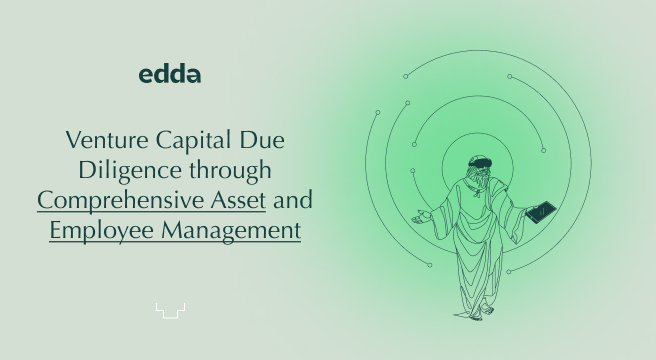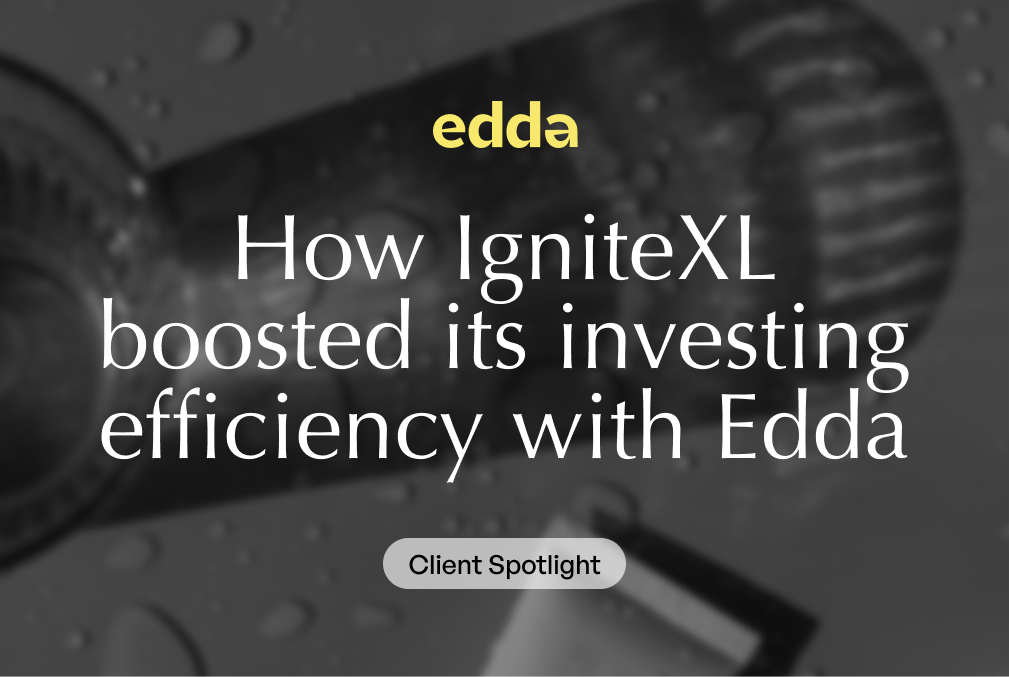What is due diligence in venture capital?
Venture capital due diligence is a complex, yet essential process for investors navigating the intricacies of potential investments. It involves a detailed examination of an organization’s financial status, assets, liabilities, risks, and management capabilities to paint a comprehensive picture of the company’s prospects for the venture capital deal process.
Traditionally, this task required manual review of an extensive array of documents, involving various parties such as auditors, lawyers, and consultants. This process not only scrutinizes the tangible and intangible assets of the company but also evaluates the organization’s human capital, assessing the team’s ability to execute the business strategy effectively.
However, due to the complexity and resource-intensive nature of this process, there’s a growing trend towards leveraging VC apps like venture capital management software and asset management platforms to streamline and enhance VC due diligence, increasing efficiency, accuracy, and insights.
A Paradigm Shift in Asset Management
The success of any venture capital investment heavily relies on thorough and detailed due diligence, with asset evaluation being a fundamental aspect of the venture capital deal flow process. During this stage, investors meticulously examine a company’s assets, both tangible and intangible, to assess their worth and the potential value they bring to the company.
Tangible Assets: Real Estate and Machinery
Tangible assets are physical resources that a company owns and uses in its operations to generate revenue. These include real estate, machinery, vehicles, equipment, and inventory.
Real estate assets can encompass land, buildings, and other property that a company owns. These assets may house the company’s operations or be rented out for income. Evaluating these assets involves assessing their market value, location, potential for appreciation, and any associated liabilities, such as mortgages or property taxes.
Machinery and other equipment are significant, especially in manufacturing and industrial sectors. A detailed inspection of these assets can reveal their age, condition, functionality, and efficiency. Additionally, investors can determine whether the machinery aligns with modern technological standards and practices, which can influence operational efficiency and competitiveness.
Intangible Assets: Intellectual Property Rights (IPRs)
While tangible assets are crucial, intangible assets can often hold the most value in modern businesses. One key form of intangible asset is Intellectual Property Rights (IPRs). IPRs include patents, trademarks, copyrights, and trade secrets, all of which confer exclusive rights to the owner to use, sell, or license the intellectual property.
IPRs represent the innovative spirit, creativity, and competitive edge of a company. For instance, patents can protect innovative products or technologies, providing the company a monopoly over their use. Trademarks protect a company’s brand and reputation, preventing competitors from exploiting similar branding. Similarly, copyrights protect original works of authorship, such as software, books, and music, while trade secrets encompass confidential business information that gives a company a competitive edge.
The value of IPRs can be substantial. However, their evaluation is often complex due to their unique and subjective nature. A thorough review of a company’s IPRs involves assessing their validity, enforceability, and potential for infringement claims. Other factors to consider include the potential for licensing revenue, the strategic importance of the IPRs to the company’s business, and their role in defending against competition.
Holistic Employee Information Management
Companies aren’t built solely on ideas or assets, they are built by people who drive those ideas forward and manage those assets. The workforce of a company constitutes its backbone, turning vision into reality. Therefore, it is essential for potential investors to understand the depth, diversity, and dynamics of a company’s human resources during the due diligence process.
The Strength of the Workforce
The strength of a workforce is not merely determined by its size, but by the quality of the talent within. As part of a thorough due diligence process, potential investors should consider the skill sets, qualifications, experience levels, and performance of the company’s employees. A high-performing, experienced team can make a substantial difference in a company’s future success.
In addition, the organizational structure of the company provides a window into the effectiveness of the workforce. Understanding how responsibilities and decision-making powers are distributed across the organization can give potential investors insights into the operational efficiency of the company.
Workforce Dynamics
Workforce dynamics refers to the relationships and interactions between employees and management. Evaluating these dynamics can shed light on the company culture, morale, and overall working environment. It can reveal potential issues related to power struggles, communication bottlenecks, or low employee engagement.
Another significant aspect of workforce dynamics is the diversity of the employee base. An inclusive and diverse workforce not only reflects a positive company culture but can also lead to more innovation and better decision-making.
Workforce Health
Investors should also assess the ‘health’ of the workforce, encompassing various aspects such as employee satisfaction, turnover rates, and professional development opportunities. High employee turnover can signal potential problems, like poor management practices or low job satisfaction.
Understanding the company’s policies regarding benefits and compensation, working conditions, training and development, and performance reviews can provide insights into how the company retains and nurtures its talent.
Further, it’s also important to understand the company’s employment policies and practices, including those related to hiring, firing, promotions, discrimination, and harassment. Any legal disputes or complaints in these areas could expose the company to significant liability.
Ensuring Pension Compliance
Understanding a company’s approach to pension policies and ensuring its compliance with relevant laws and regulations forms a critical part of the due diligence process. The complexity and significance of pension policies cannot be overstated – they represent a major financial commitment and hold implications for both employees’ futures and the long-term financial health of the company.
Understanding the Pension Landscape
To fully grasp a company’s pension compliance, it’s necessary to first understand the types of pension schemes that the company operates. This could include defined benefit schemes, where the pension is calculated based on the employee’s salary and years of service, or defined contribution schemes, where the pension amount depends on the contributions made by the employee and employer and the investment returns on those contributions.
A comprehensive understanding of these schemes gives an insight into the financial responsibilities the company has to its employees. It also illuminates the potential benefits offered to employees, which can impact their satisfaction and loyalty to the company.
Evaluating Compliance
Assessing the company’s compliance with pension laws and regulations is a key aspect of due diligence. This includes ensuring that the company is up to date with any mandatory contributions and that it meets the minimum requirements set by the law.
Investors should also look at the company’s documentation regarding pension policies. This includes trust deeds, rules, and current rates of employer and employee contributions. These documents should comply with applicable laws, and any inconsistencies or failures to meet obligations could indicate a potential legal liability.
Trustees and Management
The role of pension trustees is significant in managing the pension funds and ensuring the scheme’s compliance with the law. As part of due diligence, investors should look into the qualifications, experience, and performance of these trustees. Any instances of non-compliance or reports submitted to the Pension regulator should also be scrutinized for potential issues.
Risk Management
Finally, it’s essential to understand how the company manages the risks associated with its pension scheme. This can include assessing the investment strategy for defined contribution schemes or looking at how the company plans to meet its obligations under defined benefit schemes. In some cases, a company might be responsible for any deficits in the pension scheme, which could represent a substantial financial risk.
Edda – A Game Changer in Venture Capital Due Diligence
Edda, a fintech company, offers a venture capital portfolio management tool specifically tailored to aid investment firms in due diligence. The software streamlines dealflow management and integrates with databases like PitchBook and Crunchbase for comprehensive data access. Edda facilitates both the data-gathering and analysis stages of due diligence, as well as real-time tracking of portfolio companies, equipping firms with the essential tools to make informed investment decisions.









